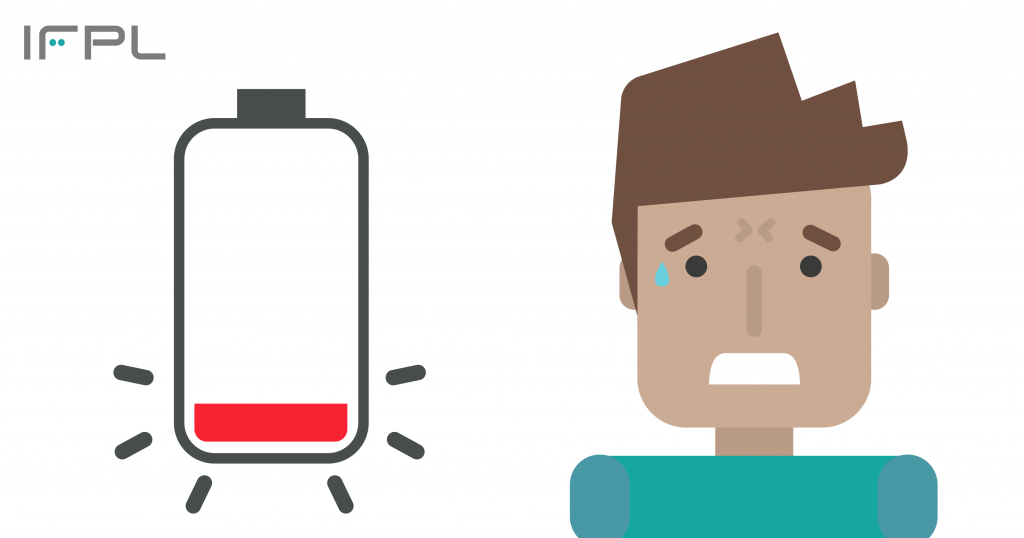It’s not a medically recognised condition, but for many people the thought of their phone battery running low is a worry all too often at the forefront of their minds. “Low battery anxiety” refers to the fear of a drained mobile phone and is a phenomenon that could affect aircraft passengers at a much higher rate.
What is low battery anxiety?
Low battery anxiety, also known simply as battery anxiety, is a term that was coined by LG after a survey the company conducted in 2016. From results of a random sample of U.S. based adult smartphone users, LG discovered that nearly 90% of people suffered from the fear of losing power. Nine out of ten people also felt panicked when their phone battery dropped to 20% or lower.
In the five years since this study took place, more data has emerged that suggests fear around being without a fully charged mobile phone is a pervasive and growing problem. This type of anxiety even has a name – nomophobia (NO MObile PHone phoBIA).
This may seem a little trivial – after all, we once lived happy, productive lives without smartphones – but we live in an increasingly digital world. Every day, people rely on their phones, tablets and laptops for important documents, information, and even access to work, events, restaurants and other facilities.
The symptoms of low battery anxiety
As part of their study, LG determined that those experiencing low battery anxiety were more likely to alter their behaviour to accommodate the lifespan of their phone battery. These changes included:
- Asking a complete stranger to charge their smartphone
- Ordering something at a bar or restaurant just to use their power outlet or charging station
- Secretly “borrowing” someone else’s charger without their knowledge
- Owning three or more charging cables, often kept in different locations
- Ignoring work messages or calls from a significant other to preserve battery

What impact could low battery anxiety have on travel?
The vast majority of those travelling by air will have important documents on their phones that they need to access at various points along their journey. Whatever their reason for travelling, passengers could need access to crucial information like maps, check-in details, banking apps, emails and much more. During a time where Covid-19 is still prevalent, airline passengers may even require digital confirmation that they have been vaccinated or completed a test.
Imagine not being able to access documents that allow you to safely reach your travel destination, in potentially an unfamiliar place. Sounds stressful!
And why should airlines care?
Aircraft passengers could be commuting for business, flying to see family and friends, going on holiday, travelling to obtain a medical procedure; the list goes on.
Regardless of the reason a passenger is travelling, airlines should consider their comfort of paramount importance in the design of an aircraft cabin. A passenger struggling to relax because they are worried if they have enough power left in their phone to navigate to their hotel after landing are unlikely to enjoy their flight, and may even remember their journey (and the airline) negatively. Anxiety and discomfort go hand in hand, so it makes sense that airlines should try to reduce stress for passengers wherever possible, ensuring they have a positive travel experience.
What can airlines do to make passengers more comfortable?
The solution is clear: provide power to passengers on-board and at-seat, so they are able to keep their phones, tablets and other personal devices at full power using a convenient, efficient charging unit.
An opportunity for airlines
AdPower empowers airlines to offer passengers USB power and eliminate low battery anxiety. Passengers can either purchase power for the duration of their flight or watch an advert in exchange for charging their device.
AdPower not only fulfils a passenger need by supplying reliable, convenient power. The technology also allows airlines to easily generate extra income, market additional services, and increase positive passenger reviews.
AdPower is compatible with most leading in-seat power and IFEC systems, and installation is both quick and simple.
—
To find out more about AdPower, please get in touch or download the AdPower datasheet.
